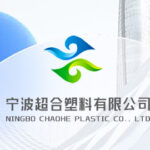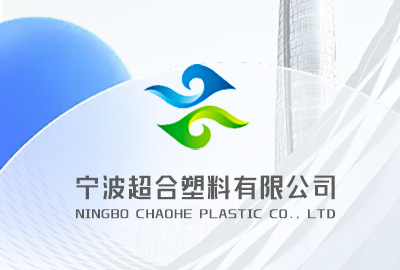July 10, 2025
Plastics Specialist
PP, or polypropylene, is a thermoplastic resin produced by polymerization of propylene monomers and is one of the most widely used general purpose plastics. It has a range of excellent properties that make it important in many fields.
In terms of physical properties, polypropylene has a low density of around 0.90 - 0.91g/cm³, making it one of the lightest varieties of existing plastics, a characteristic that gives it a significant advantage in areas requiring lightweighting. With a melting point of around 165 - 170°C, it has good heat resistance and can be used for long periods of time at around 100°C, and can even withstand temperatures as high as 120°C for short periods of time, making it suitable for products that need to be in contact with hot water. The mechanical properties of polypropylene are also excellent, with high tensile strength and rigidity, and a certain degree of toughness, but the toughness will be reduced at low temperatures, easy to embrittle. In addition, it has excellent chemical stability, good corrosion resistance to most acids, alkalis, salts and organic solvents, good electrical insulation properties, and not easy to absorb water, water absorption rate is very low, these characteristics further broaden its scope of application.
In terms of production methods, the polymerization process of polypropylene mainly includes solution method, native method and gas phase method. Solution method is to dissolve the propylene monomer in the solvent for polymerization reaction, reaction conditions are mild, easy to control, but the solvent recovery cost is higher. The body method does not need solvent, propylene monomer in the liquid state directly polymerization, the process is relatively simple, low energy consumption, high product purity. Gas-phase method is in the gaseous propylene polymerization, reaction pressure and temperature is lower, less investment in equipment, production flexibility, can adapt to the production of different grades of polypropylene, is currently one of the more widely used process.
Depending on the molecular structure, polypropylene can be categorized into isotactic polypropylene (IPP), intergraded polypropylene (SPP) and atactic polypropylene (APP). Isotropic polypropylene is currently the largest production and the most widely used varieties, with a high degree of crystallinity, so the melting point is high, high strength, good rigidity, excellent overall performance, widely used in various fields. Intergauge polypropylene has a lower degree of crystallinity, better flexibility and transparency, but less production, mainly used in some special areas, such as packaging film. Atactic polypropylene has a very low crystallinity, soft texture and good fluidity, and is mainly used as an additive, such as to improve the processing performance of other plastics or as a base material for hot melt adhesives.
In practical applications, polypropylene figures in a number of industries. In the packaging field, polypropylene film is an important form of application, such as biaxially oriented polypropylene film (BOPP), with high transparency, good gloss, high mechanical strength, chemical resistance, etc., is widely used in food, pharmaceuticals, cosmetics, etc.; polypropylene woven bags are commonly used in the packaging of fertilizers, grains, cement and other bulk items because of its high strength and abrasion resistance. In the automotive industry, polypropylene can be used to make automotive interior parts, such as instrument panels, door panels, seat backs, etc., can also be used for exterior parts, such as bumpers, etc., through the addition of glass fibers and other reinforcing materials, but also to improve its strength and heat resistance, used in the engine peripheral parts, helping automotive lightweight.
In the field of home appliances, polypropylene is often used to make parts such as washing machine inner tubes, refrigerator drawers, and air conditioner housings, because it is chemically resistant, easy to clean, and low-cost. In the field of daily necessities, polypropylene can be made into a variety of plastic containers, such as buckets, basins, lunch boxes, etc., can also be used for the production of toys, hangers, brooms and other daily necessities, and its non-toxic, temperature-resistant properties make it suitable for contact with food. In the medical field, polypropylene that meets hygiene standards can be used to make disposable syringes, infusion sets, medical device packaging, etc. to ensure medical safety.
In addition, polypropylene has important applications in the agricultural field, such as the production of agricultural films used to cover farmland, play a role in heat preservation, moisture preservation, and promote the growth of crops; it can also be used to make irrigation pipelines, which are highly corrosion-resistant and have a long service life. In the construction field, polypropylene pipes are used for water supply and drainage systems because they are lightweight, corrosion-resistant and easy to install.
With the development of technology, polypropylene can be modified to further enhance its performance, such as reinforced polypropylene, toughened polypropylene, flame retardant polypropylene, etc., which expands its application in high-end fields and enables it to play an important role in more scenarios. At the same time, polypropylene's recyclability is better, and recycled polypropylene can be used to make recycled plastic products, which is in line with the trend of environmentally sustainable development.
If you are in need of PP raw materials, why don't you choose to cooperate with Ningbo Chaohe Plastic Co. We will be happy to provide you with high quality materials and first-class customer service. We are looking forward to cooperating with you to create a bright future!


